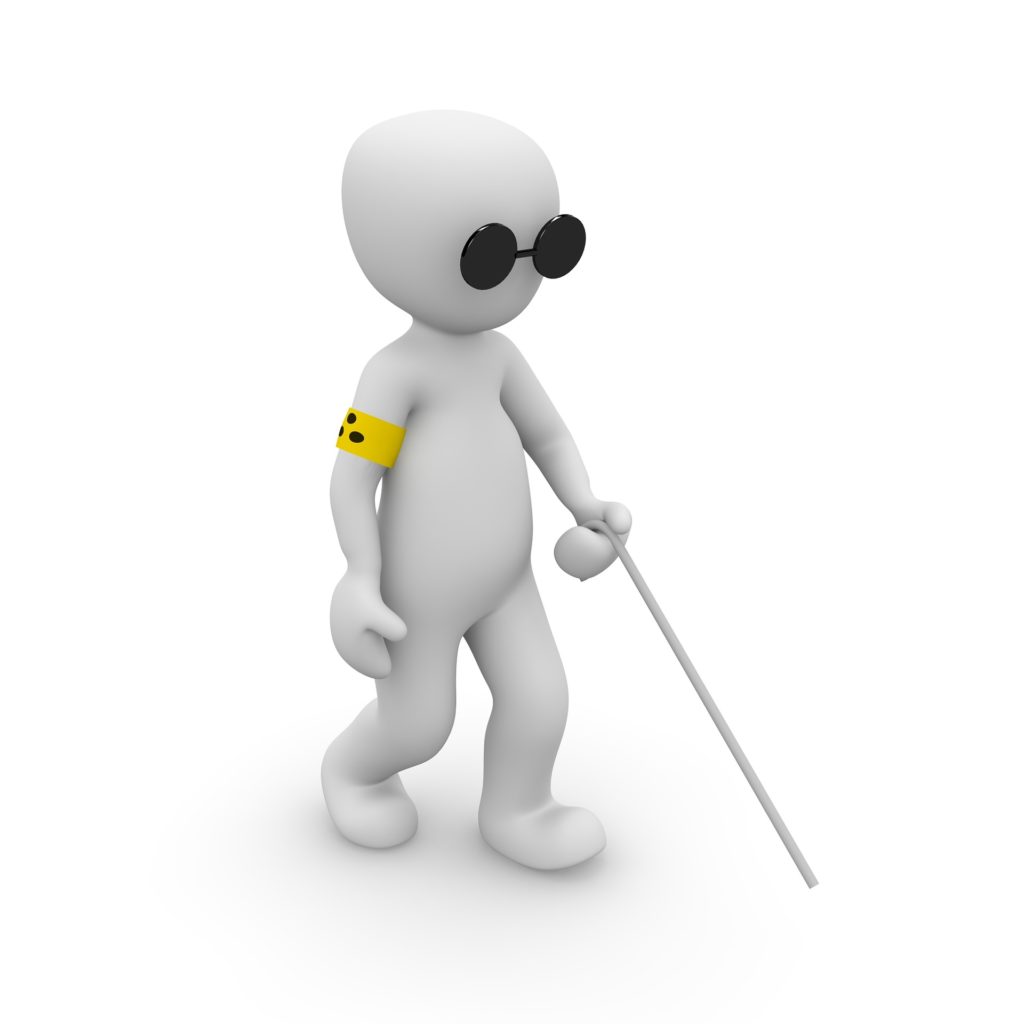This is part 2 of my attempt to bring you information from Left of Bang
Most of us can look at someone who’s not acting right, and know that something’s ‘off’. But some minor understanding of how human brains work, coupled with knowledge of how to quantify and categorize the information can allow us to quickly pick threats out of seemingly ordinary surroundings.

To understand human behavior, we need to start with the brain. Specifically the limbic system. The front of the brain is what makes us human, and controls thoughts, feelings and emotions. Just behind that lies the limbic system, the place where automatic behaviors live. This includes twitching, flinching, and for lack of a better word, our ‘extra senses’. Every gesture, posture, or expressions result in the way the brain perceives threats, both consciously and subconsciously. It’s almost like our instinct processor.
The limbic system reacts to stimuli immediately, without overhead processing from our conscious awareness. The limbic system is continously analyzing data to perceive threats and non-threats, commanding an instantaneous response from the body to either stop, move away from the threat, or prepare to address the threat. This is our ‘freeze, fight, or flight’ response.
The Freeze Response
The freeze response is and early survival mechanism present in most animals. Predators (as well as other animals) eyes can detect movement, so freezing in place is a way to avoid detection. It also allows for more time to assess the situation and develop a plan to react to the threat, either fight or flight. Physiologically the brain suppresses bodily functions so it can gather as much data as possible.
The Flight Response
The flight response is the second choice the limbic system uses to deal with threats. Putting distance between oneself and the threat makes it harder for the threat to cause harm, or gives the victim more time to make further decisions. Humans in normal life can’t run away from everything, so we’ve developed other distanceing behaviors such as creating barriers, leaning away, covering one’s face, or turning one’s back to server the same purpose. If flight is not possible, humans and other animals will almost always turn to the last alternative: fight.
The Fight Response
The final and most dangerous response to a threat is fight. This response has the most inherent danger from harm, even the strongest fighters are susceptible to injury in a fight. This makes the fight response least preferred response. Most creatures before fight will attempt to subdue the other party without actually fighting, and this is called posturing. Posturing is an attempt to win a fight without fighting, and includes behaviors such as shouting, spreading the arms or other appendages wide, and puffing up to appear as large as we can. A person may walk around a space to appear bigger.
Of course in today’s world, we seldom find ourselves in a situation where we need to physically engage someone (fight), or flee from someone (flight). But we exhibit behaviors nonetheless. Think of the last time someone invaded your personal space, even at work or somewhere. Did you take a step back to create space? Did you lean back in your chair? These are all limbic system behaviors. Or think of a time you were challenged on an idea you know you were right about. Did you stand up, point, or maybe even raise your voice? More limbic behaviors. Once you learn to identify and categorize these limbic behaviors, it is the first step in identifying threats.
Humans live because life generally operates in a ‘normal’ state. Things go the way they usually go, and things are basically reliable and predictable. When something deviates from this norm, something is usually wrong. Humans rarely act on these moments of intuition. Humans are about the only animals on the planet who don’t follow instinct. We suffer from something I call “normalcy bias”, or the thinking of “that won’t happen to me”. The normal routines represent the baseline, and anything outside of the norms are anomalies. These are what we look out for!
Human Universals
- Humans are creatures of habit. Studies have shown that humans have a 93% predictability rate in behavior.
- Humans are lazy. Humans will almost always take the path that’s easier when faced with two or more options. Faced with walking 100 meters through grass or 500 meters to go around it on a sidewalk, humans will almost certainly go the longer route. Even if an outcome is certain failure, humans will try the easy behavior hoping for a different outcome.
- Humans are lousy liars. Humans have significant cognitive limitations. Lying requires creating a story, monitoring the fabrication to ensure it sounds believable, and still acting normal. Telling the truth is effortless and natural. Humans also cannot divide their attentions well. Throwing more input at a liar will often cause them to leak behaviors that may indicate deception.
- Humans will run, fight, or freeze. Humans are driven by flight or fight responses, which translate into automatic behaviors which are uncontrollable. Knowing these responses, since they are uncontrollable, allow us to observe reliably a person’s emotions and attitude.
- Humans telegraph their intentions. Although humans think they have control over their emotions, they rarely do. The body reacts automatically, and exhibits honest signals of intent. We need to learn to pick out these honest signals in other people.
- Humans are predictable. Studies of people’s activities using cell towers show they are not predictable at all. Most people use the exact same routes to go to the exact same locations. A more mundane example is Rock Paper Scissors. A game that requires unpredictability shows we are more than predictable. Most people will do whatever beat them last time. Once we know our enemy’s pattern, he will indicate to us his next move. We can predict it with almost certainty!
- Humans are not good at multitasking. Humans generally only look natural when doing a single task. Someone who is pretending to lay brick sidewalk but is actually scoping out a target will not look natural laying the brick.
- Humans are generally clueless. People generally go through the day with a total lack of situational awareness. They walk with head down, or are focused on only one thing. There are only two kinds of people who look around and notice things: good guys and bad guys.
- Humans can’t do very many different things. Humans are finite creatures. Our bodies react in certain ways to stress and stimuli.

Next time we will look at the six domains which encompass human behaviors, and look at specific behaviors and their meanings. Don’t miss it! And as usual, take my advice and BUY THE BOOK!


